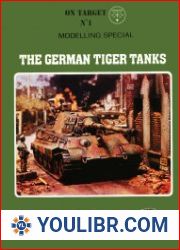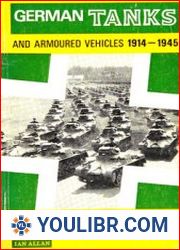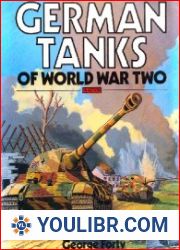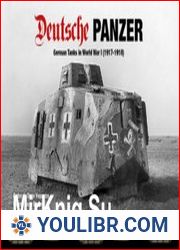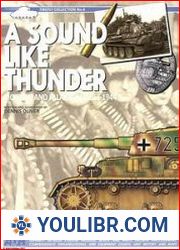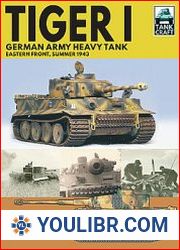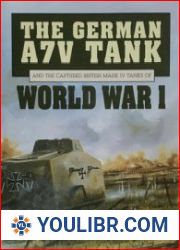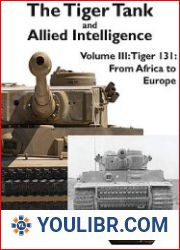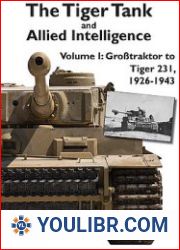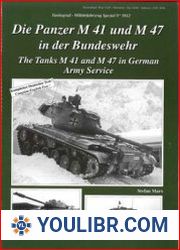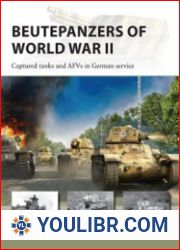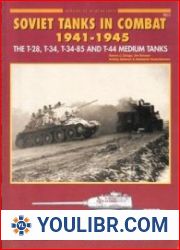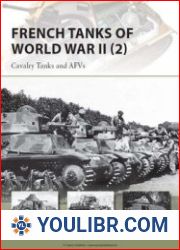
MAGAZINES - MODELLING - The German Tiger Tanks Modelling Special (On Target №1)

The German Tiger Tanks Modelling Special (On Target №1)
Year: 1984
Format: PDF

Format: PDF

The German Tiger Tanks Modelling Special On Target №1 is a book that explores the development of German tiger tanks during World War II. It provides a comprehensive overview of the design, production, and deployment of these powerful weapons, highlighting their impact on the outcome of the war. The book delves into the technical specifications of the tanks, their strengths and weaknesses, and the challenges faced by the engineers who designed and built them. It also examines the tactical decisions made by military leaders who utilized these tanks in battle, and how they influenced the course of the conflict. Through this detailed analysis, readers gain a deeper understanding of the role of technology in shaping the outcome of historical events. The book begins with an introduction to the background of the German tank development program, tracing its origins back to the early 1930s when the Nazi party came to power in Germany. It discusses how the need for more powerful and heavily armored tanks led to the creation of the Tiger I and Tiger II models, which became iconic symbols of German military might during World War II. The author then delves into the design and engineering aspects of the tanks, explaining how their advanced features such as thick armor plating, powerful guns, and mobility were achieved. The book also explores the challenges faced by the engineers who developed and maintained the tanks, including supply chain issues, production bottlenecks, and the constant need to improve upon existing designs.
Немецкий Tiger Tanks Modelling Special On Target №1 - это книга, в которой рассказывается о разработке немецких танков Tiger во время Второй мировой войны. В ней дается всесторонний обзор проектирования, производства и развертывания этого мощного оружия, подчеркивая его влияние на исход войны. В книге подробно рассматриваются технические характеристики танков, их сильные и слабые стороны, а также проблемы, с которыми сталкиваются инженеры, спроектировавшие и построившие их. В нем также рассматриваются тактические решения, принятые военачальниками, которые использовали эти танки в бою, и то, как они повлияли на ход конфликта. Благодаря этому подробному анализу читатели получают более глубокое понимание роли технологий в формировании исхода исторических событий. Книга начинается с введения в историю немецкой программы разработки танков, прослеживая её истоки с начала 1930-х годов, когда к власти в Германии пришла нацистская партия. В ней обсуждается, как потребность в более мощных и сильно бронированных танках привела к созданию моделей «Тигр I» и «Тигр II», которые стали знаковыми символами немецкой военной мощи во время Второй мировой войны. Затем автор углубляется в дизайн и инженерные аспекты танков, объясняя, как были достигнуты их передовые особенности, такие как толстая броневая обшивка, мощные орудия и подвижность. В книге также рассматриваются проблемы, с которыми сталкиваются инженеры, разрабатывавшие и обслуживавшие резервуары, включая проблемы цепочки поставок, узкие места производства и постоянную необходимость совершенствования существующих конструкций.
Il tedesco Tiger Tanks Modelling Special On Target numero 1 è un libro che descrive lo sviluppo dei carri armati tedeschi Tiger durante la seconda guerra mondiale. Fornisce una panoramica completa della progettazione, produzione e distribuzione di queste potenti armi, sottolineando il loro impatto sull'esito della guerra. Il libro descrive in dettaglio le specifiche tecniche dei carri armati, i loro punti di forza e debolezza e i problemi che gli ingegneri che li hanno progettati e costruiti affrontano. tratta anche delle decisioni tattiche prese dai signori della guerra che hanno usato questi carri armati in battaglia e di come hanno influenzato il conflitto. Grazie a questa analisi dettagliata, i lettori sono più consapevoli del ruolo della tecnologia nella definizione dell'esito degli eventi storici. Il libro inizia con l'introduzione di un programma tedesco di sviluppo di carri armati, tracciandone le origini dai primi anni 30, quando il partito nazista prese il potere in Germania. discute di come la necessità di carri armati più potenti e più blindati abbia portato alla creazione di modelli Tiger I e Tigre II, che sono diventati simboli della potenza militare tedesca durante la seconda guerra mondiale. Poi l'autore approfondisce il design e gli aspetti ingegneristici dei carri armati, spiegando come sono state raggiunte le loro caratteristiche avanzate, come il rivestimento spessa armatura, potenti strumenti e la mobilità. Il libro affronta anche i problemi affrontati dagli ingegneri che hanno sviluppato e gestito i serbatoi, inclusi i problemi della catena di approvvigionamento, i colli di bottiglia e la costante necessità di migliorare le strutture esistenti.
German Tiger Tanks Modelling Special On Target No. 1 ist ein Buch, das die Entwicklung deutscher Tiger-Panzer während des Zweiten Weltkriegs beschreibt. Es gibt einen umfassenden Überblick über die Entwicklung, Herstellung und den Einsatz dieser mächtigen Waffe und unterstreicht ihre Auswirkungen auf den Ausgang des Krieges. Das Buch befasst sich ausführlich mit den technischen Eigenschaften von Panzern, ihren Stärken und Schwächen sowie den Herausforderungen, denen sich die Ingenieure gegenübersehen, die sie entworfen und gebaut haben. Es befasst sich auch mit den taktischen Entscheidungen der Militärführer, die diese Panzer im Kampf eingesetzt haben, und wie sie den Verlauf des Konflikts beeinflusst haben. Durch diese detaillierte Analyse erhalten die ser ein tieferes Verständnis für die Rolle der Technologie bei der Gestaltung des Ausgangs historischer Ereignisse. Das Buch beginnt mit einer Einführung in die Geschichte des deutschen Panzerentwicklungsprogramms und zeichnet dessen Ursprünge aus den frühen 1930er Jahren nach, als die Nazi-Partei in Deutschland an die Macht kam. Es wird diskutiert, wie der Bedarf an leistungsfähigeren und stärker gepanzerten Panzern zur Schaffung der Modelle Tiger I und Tiger II führte, die während des Zweiten Weltkriegs zu ikonischen Symbolen der deutschen Militärmacht wurden. Der Autor geht dann auf das Design und die technischen Aspekte der Panzer ein und erklärt, wie ihre fortschrittlichen Merkmale wie dicke Panzerhaut, leistungsstarke Werkzeuge und Mobilität erreicht wurden. Das Buch befasst sich auch mit den Herausforderungen, mit denen Ingenieure konfrontiert sind, die Tanks entwickelt und gewartet haben, einschließlich Lieferkettenproblemen, Produktionsengpässen und der ständigen Notwendigkeit, bestehende Designs zu verbessern.
''







